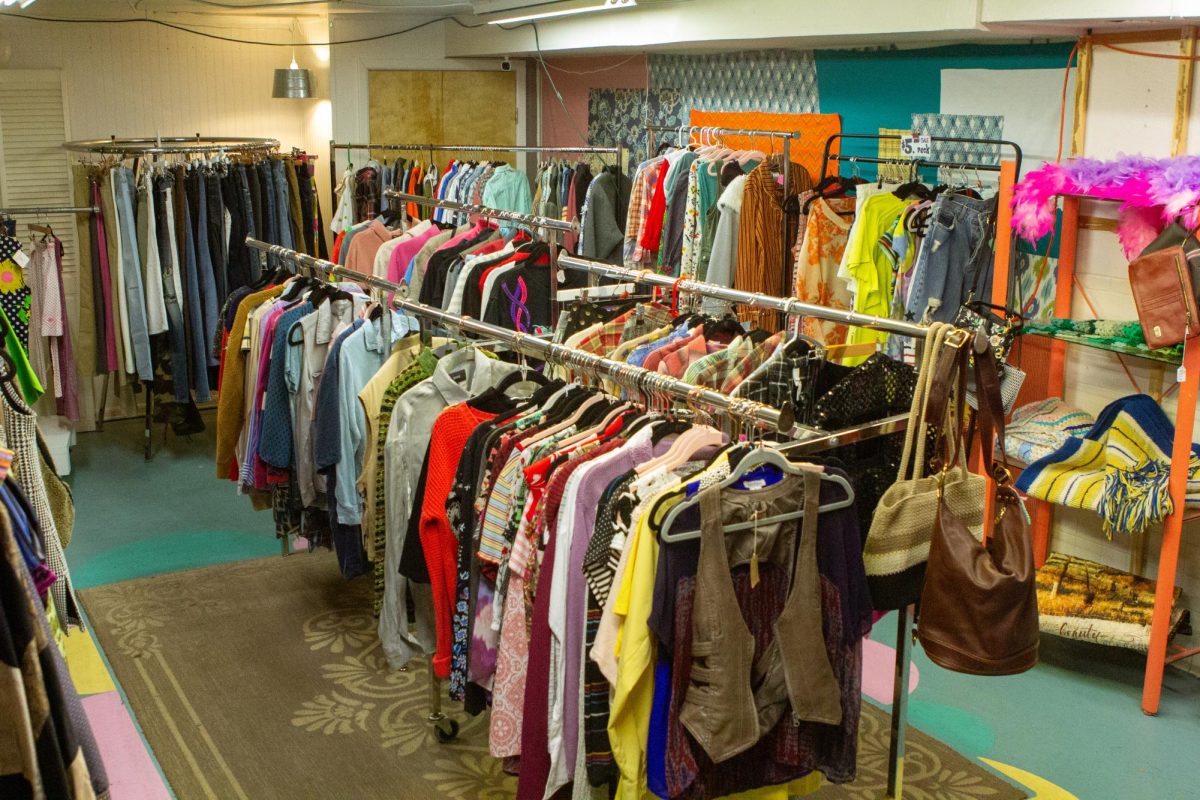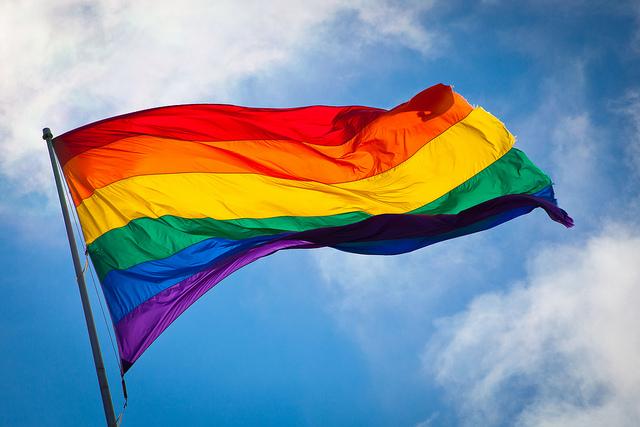Misconceptions, lies and rumors have infiltrated LGBTQ relationships throughout the 21st century, but gender roles and sexuality within these relationships have been widely misunderstood.
“LGBTQ relationships don’t have to be the same dynamic as a heterosexual relationship,” said Kara Zehner, freshman English student. “If I’m dating a girl, people think that one person has to be butch and the other has to be feminine.”
Gay, lesbian, bisexual, transexual, queer, pansexual and asexual are a few of the many sexualities and gender identities that often get confused or misinterpreted.
“When people don’t know the answer to a question about an LGBT relationship they try to heteronormalize it,” said Nate Todd, a senior communications major.
“People will ask me, ‘Who’s the girl in the relationship?’ and there is none, that’s kind of the point.” — Nate Todd, a senior communications major
A common misconception about LGBTQ relationships is identifying one person as more masculine or more feminine. Instead, people in the LGBTQ community commonly view gender as fluid or on a spectrum.
“People will ask me, ‘Who’s the girl in the relationship?’ and there is none, that’s kind of the point,” Todd said. “People will ask me who pays a lot.”
Mo Wells, a junior social work major, said she had a similar complaint about this misconception.
“I identify as gender neutral, so people kind of get confused,” Wells said. “They think, ‘Oh, so you’re a lesbian today and then you’re straight tomorrow.’ But that’s why I’m queer because I’m neither.”
Wells self-identifies as queer, but to her, this identification has a much deeper meaning.
“I don’t really have parameters put on gender in my relationships,” Wells said. “I’m more attracted to people as a whole and what people bring to the relationship for me.”

Identification and labels are helpful to people trying to find a name for their gender or sexuality, but to some, labels can be limiting.
“The misconception is that a label has to mean what you are every day of your life for the rest of your life,” Wells said. “I think it’s really hard when the world is asking for a definition of your identity, and there is no word for your identity. A lot of the terminology is becoming very fluid.”
For students in the LGBTQ community, prejudice and politics can sometimes interfere with their relationships.
“I used to worry that I would get a job in a state that doesn’t have gay marriage legalized,” Todd said. “Even just holding hands, if you’re in the wrong place at the wrong time or even the wrong city, there could be slurs.”
Currently, there are 36 states that allow same-sex marriage. Colorado legalized same-sex marriage through a court decision in 2014. However, Zehner, Wells and Todd reported that the people they met at CSU were the most supportive of their gender and sexual identities.
“At CSU, I had a really good support system, so there was never a time that I didn’t feel safe,” Todd said.
A single term, definition or person cannot define LGBTQ relationships, but they are united by one important value.
“They are, at their core, like all relationships, about love,” Wells said. “We shouldn’t put boxes around who we love.”
This article was produced for College Avenue’s Love, Sex, and Relationships issue.




































